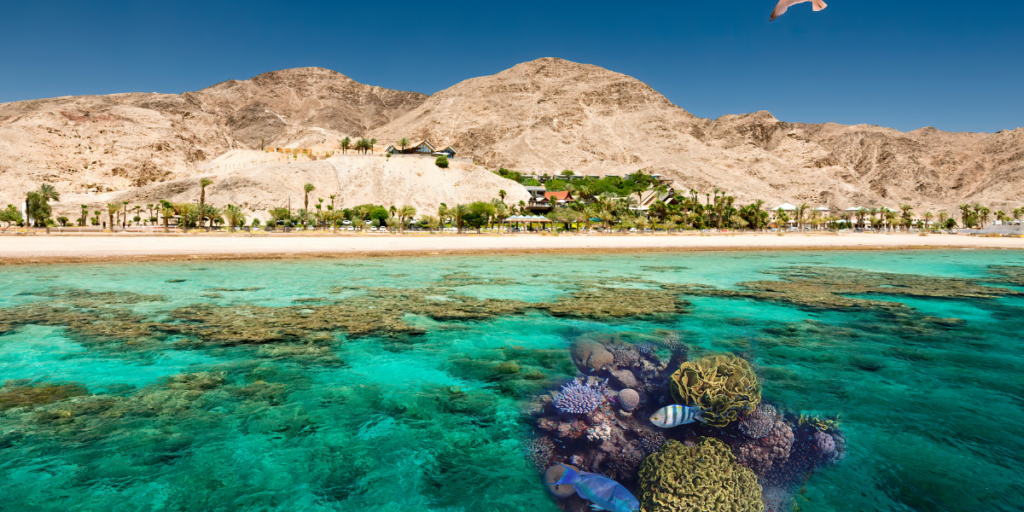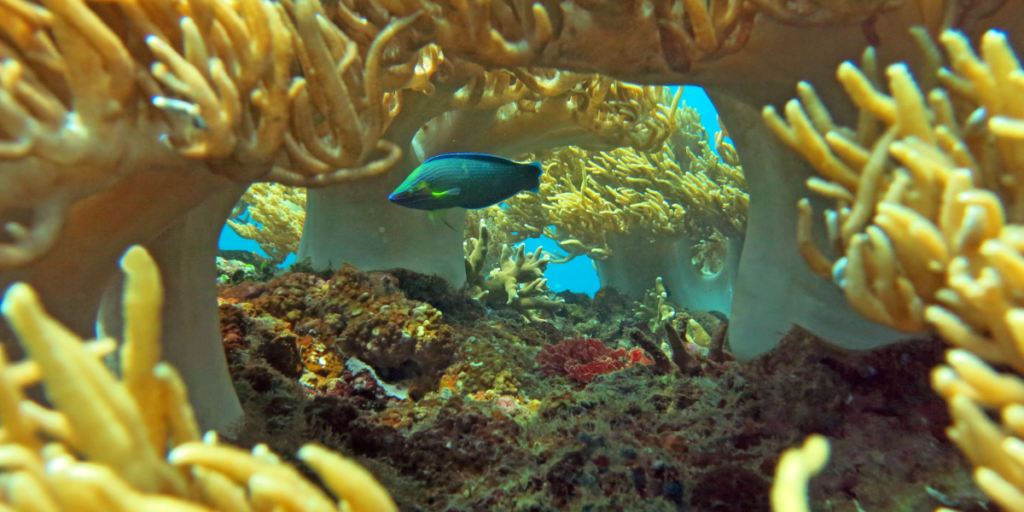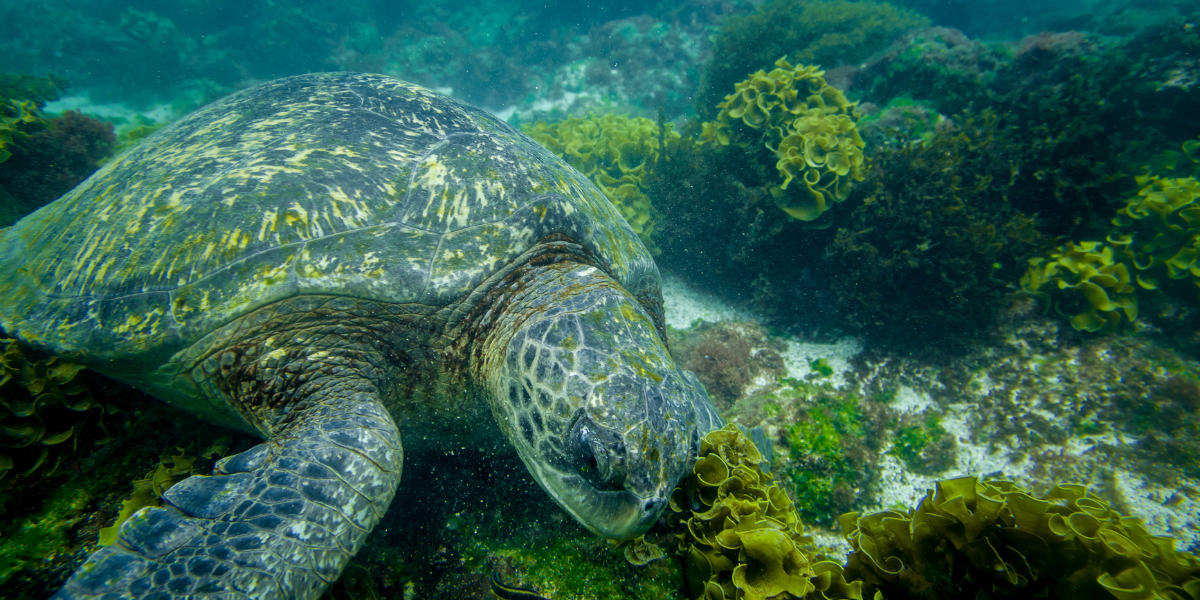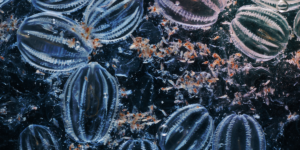Beyond the Surface: Investigating the Key Drivers of Marine Biodiversity
You may not realize it, but your everyday actions can have a significant impact on marine biodiversity. The health and diversity of our oceans are crucial for the survival of millions of species, including humans.
Unfortunately, factors such as climate change and human activities like overfishing and pollution are putting this delicate ecosystem at risk.
In this article, we will explore what factors are affecting marine biodiversity and why it’s essential to protect it. We’ll dive into the data behind these issues and discuss strategies for preserving our oceans’ health for future generations.
By understanding the role we play in shaping the fate of our planet’s seas, you can take action to make a positive impact and contribute to a healthier world for all living creatures.
Key Takeaways
- Marine biodiversity is crucial for the survival of millions of species and plays a vital role in regulating Earth’s climate and carbon cycle.
- Overfishing, pollution, climate change, ocean acidification, and habitat destruction are major threats to marine biodiversity.
- These threats disrupt the ecosystem balance, lead to the loss of habitat and food sources, and increase the risk of extinction.
- Marine reserves, sustainable fishing practices, and investing in technologies such as satellite monitoring and autonomous underwater vehicles are potential solutions to protect and enhance marine biodiversity. These solutions can provide a safe haven for marine species, contribute to sustainable fishing practices, and boost fish stocks up to 446% outside of reserves. However, strong policies and political will are necessary for progress.

Human Activities and Their Impact on Marine Biodiversity
You’re causing damage to marine biodiversity through your actions, and it’s important to be aware of the consequences.
Overfishing is one of the main human activities that negatively affect marine biodiversity. When fish populations are overexploited, it disrupts the ecosystem’s balance, leading to a decline in other species that rely on those fish for food or as part of their habitat. This can have a domino effect on the entire food chain, ultimately impacting human livelihoods and economies that depend on fishing.
Pollution is another factor affecting marine biodiversity caused by human activities. Chemical pollutants like oil spills or plastic waste can harm marine life directly by poisoning or entangling them. Moreover, pollution can also lead to a loss of habitat and food sources for many species.
It also causes changes in water quality which may result in algal blooms, oxygen depletion and acidification – all factors that impact marine life negatively. Being mindful about our consumption habits and properly disposing of our waste can help reduce pollution effects on marine biodiversity.
Climate Change and Its Impact on Marine Biodiversity
Hey, did you know that climate change is seriously messing with the ocean’s inhabitants and their homes? The increase in greenhouse gas emissions has caused a rise in temperature, which in turn causes ocean acidification. This process makes the water more acidic, which can have devastating effects on marine life.
Here are five ways that climate change is impacting marine biodiversity:
- Coral bleaching: As ocean temperatures rise, corals expel the algae that live inside them causing them to turn white and die. This not only affects coral species but also impacts other animals that rely on them for food and habitat.
- Altered migration patterns: Changes in water temperature affect the timing and location of migrations for many fish species.
- Loss of sea ice: Melting sea ice reduces habitat for polar bears, seals, walruses, and other Arctic-dependent species.
- Ocean currents altered: Changes in ocean circulation due to warmer waters may impact nutrient distribution and alter ecosystems.
- Extinction risks increased: As habitats shift or disappear entirely due to climate change, some species may be pushed towards extinction.
It’s clear that climate change has significant consequences on our oceans’ inhabitants. With continued efforts towards reducing greenhouse gas emissions, we can help mitigate these harmful effects before it’s too late.
The Importance of Marine Biodiversity
Marine biodiversity is like a vibrant tapestry woven from countless threads of life, each one contributing to the beauty and resilience of the whole. It’s a complex web of interactions that sustains our planet’s health and wellbeing.
The oceans cover more than 70% of the Earth’s surface and are home to an incredible diversity of species, including whales, dolphins, sharks, turtles, fish, corals, and many others. These organisms not only provide us with food and oxygen but also play critical roles in regulating the Earth’s climate and carbon cycle.
Despite its importance, marine biodiversity faces numerous threats such as overfishing, pollution, climate change, ocean acidification, habitat destruction among others. The loss or decline of any marine species can have significant impacts on entire ecosystems leading to cascading effects on other species.
As humans continue to exploit marine resources at unsustainable rates without implementing effective conservation measures for marine biodiversity, we risk losing these invaluable resources forever. However, through scientific research coupled with global efforts towards sustainable development goals (SDGs), it’s possible to protect our oceans’ health while providing benefits for both human societies and local communities that depend on them for their livelihoods.
Strategies for Protecting Marine Biodiversity
Preserving the incredible diversity of life in our oceans is crucial for the survival and well-being of both human societies and the planet as a whole, and there are effective strategies that we can implement to achieve this goal.
One such strategy is the creation of marine reserves – areas where fishing, mining, or other potentially harmful activities are prohibited or strictly regulated. These protected areas not only provide a safe haven for marine species but also allow them to replenish their populations, thus contributing to sustainable fishing practices.
Studies show that marine reserves boost fish stocks outside their boundaries by up to 446%, providing substantial benefits for local fisheries.
Another way to protect marine biodiversity is by promoting sustainable fishing practices. This involves implementing regulations on maximum catch limits, gear types used, and seasonal closures to prevent overfishing and reduce bycatch. Additionally, it means investing in technologies like satellite monitoring systems that enable better tracking of fishing vessels’ movements and activities at sea.
By adopting these measures, we can ensure that our oceans remain healthy ecosystems that provide food security for millions while preserving their unique beauty and natural resources for future generations to enjoy.

Future Outlook for Marine Biodiversity
Looking ahead, it’s clear that we need to take decisive action to safeguard the future of our oceans and the countless species that call them home.
Marine conservation efforts have been underway for decades, but with the increasing threats posed by climate change, overfishing, pollution and other factors, there is a pressing need for more effective measures.
Fortunately, technological advancements offer some hope for the future of marine biodiversity. For example, new tools such as autonomous underwater vehicles (AUVs) are being developed to help researchers study deep-sea ecosystems in greater detail than ever before. Meanwhile, satellite technology is being used to monitor ocean temperatures and track the movements of marine animals across vast distances.
These innovations will undoubtedly play an important role in helping us better understand and protect our oceans in the years ahead. However, they must be backed up by strong policies and political will if we are to make meaningful progress towards a sustainable future for our planet’s oceans.
Frequently Asked Questions
What are the most common species found in marine ecosystems?
You may be interested to know that the most common species found in marine ecosystems include phytoplankton, zooplankton, and bacteria. Conservation efforts for these species are crucial for maintaining healthy ocean ecosystems.
How do marine organisms adapt to changing environmental conditions?
You’re inquisitive about how marine organisms adapt to changing environmental conditions. They employ adaptive mechanisms like phenotypic plasticity and genetic variation to counter environmental stressors, which can lead to increased diversity and resilience over time.
What role do marine microbes play in the overall health of marine ecosystems?
Marine microbes play a crucial role in nutrient cycling, symbiosis and disease resistance. Human activities such as pollution, overfishing and climate change can alter microbial communities, negatively impacting overall ecosystem health. Understanding these interactions is vital for preserving marine biodiversity.
How do marine biodiversity patterns vary across different regions of the world?
You may be interested to know that marine biodiversity patterns vary across different regions of the world. There are global hotspots where conservation strategies can be focused to protect the most vulnerable species and habitats.
What is the impact of ocean acidification on marine biodiversity?
If you ever visit the Great Barrier Reef, you may notice that many of the coral reefs have turned white. This is due to coral reef bleaching caused by ocean acidification effects, which can decrease marine biodiversity.
Conclusion
In conclusion, you now understand the various factors that impact marine biodiversity.
Human activities such as overfishing, pollution, and habitat destruction have all caused immense damage to our oceans. Climate change has also played a significant role in affecting marine ecosystems by altering water temperatures and acidity levels.
Despite the negative impacts on marine biodiversity, it’s vital for us to recognize its importance. Marine life provides essential goods and services such as food, medicine, and oxygen production. Additionally, it supports livelihoods for millions of people worldwide.
To protect and conserve marine biodiversity, we must implement strategies such as establishing protected areas or regulating fishing practices. It’s crucial for governments and individuals alike to take responsibility for preserving our oceans’ health.
The future outlook for marine biodiversity depends on the actions we take today. By prioritizing conservation efforts and reducing our ecological footprint, we can ensure that future generations will continue to benefit from the incredible diversity of life within our oceans.




